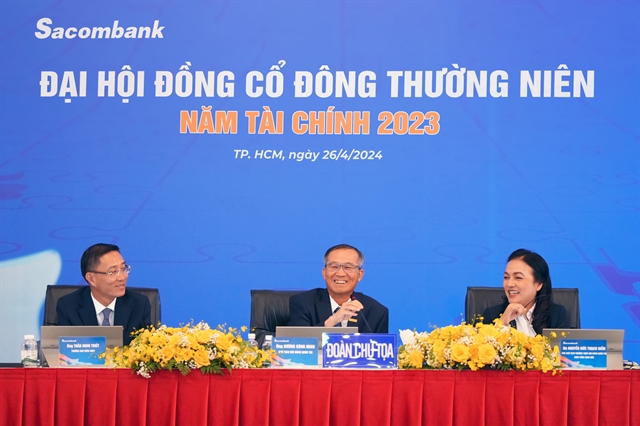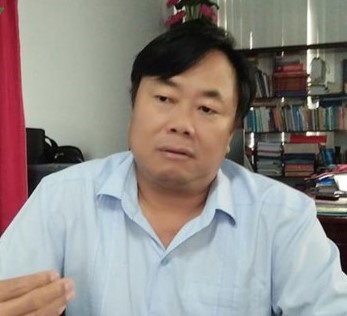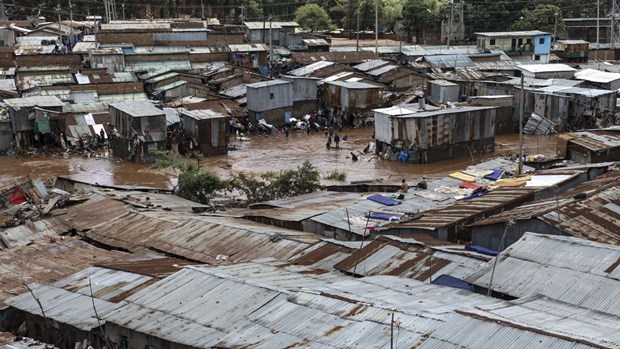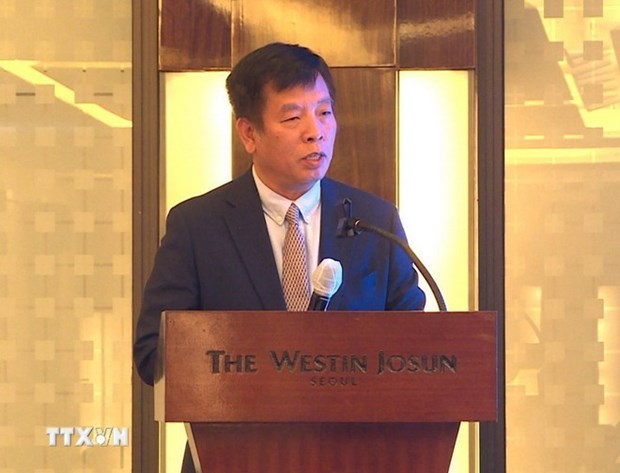 Opinion
Opinion

Associate Professor and Doctor Nguyễn Quốc Dũng, member of the Party’s Central Theoretical Council, tells the VOV e-newspaper that streamlining the public sector is a revolution that requires both determination and sacrifice.
 |
| Nguyễn Quốc Dũng. — Photo vov.vn |
Associate Professor and Doctor Nguyễn Quốc Dũng, member of the Party’s Central Theoretical Council, tells the VOV e-newspaper that streamlining the public sector is a revolution that requires both determination and sacrifice.
Over the past several years, the Party has paid a lot of attention to renovating and strengthening the political system. However, it is still seen as inefficient, with cumbersome hierarchical structures and overlapping roles. Can you comment?
The fact that one of the main agendas of the sixth plenary session of the 12th Party Central Committee is organisational restructuring shows that it is an urgent, imperative task. The inefficiency manifests in both overlapping roles and scattering of power. For example, in some cases, too many agencies have a say on one issue while in others, no one is involved or bears responsibility. So the need to trim the system and address remaining shortcomings is urgent. The enlarged system is exerting a huge pressure on the State budget, 70 per cent of which is being used for regular spending and just 30 per cent for development, which is a very low rate. Only by cutting the system’s workforce can we think of raising civil servants’ remuneration.
How can we downsize and streamline the political system?
The State Budget is currently shouldering three systems: the State, the Party and socio-political organisations and unions. The restructuring should merge public bodies with similar functions. For example, the Party Central Inspection Committee can be merged with the Government Inspectorate; the Party Central Organisation Commission can be merged with the Ministry of Home Affairs, the Ministry of Planning and Investment can be merged with the Ministry of Finance.
Some other agencies can be either merged or dispensed with so as to eliminate redundant middle-level bodies. For example, the Southwest Steering Committee, the Central Highlands Steering Committee, and the Northwest Steering Committee should be restructured or closed because they are not effective. For these regions, we only need one agency that acts as a policy consultant to the Government.
To ensure its success, organisational restructuring should be carried out from top to bottom, that is, it should start from the central level, instead of from the grassroots level, as has been happening until now. Streamlining at the top will help set goals and guidelines for lower levels.
It is said that a major hurdle to streamlining the political system is that it will harm the power and interests of many people. What do you think?
True. And this makes the job very complicated. As former Party General Secretary Lê Khả Phiêu put it, we must see it as a revolution within our own system, which means a complete and thorough renewal to get rid of what is outdated and backward.
A revolution demands resoluteness and it definitely needs sacrifices. It also requires careful calculation, because it will affect the fate and interest of every person involved.
On the other hand, streamlining the political system will be a prerequisite for attracting talent. The reason is simple: only by downsizing can we raise the salary of our civil servants. Low salary is one of the main factors that make the public sector unappealing. Besides, it is also necessary to create a fair and transparent environment for civil servants to work and contribute to national development. There should be competitive examinations for leading posts in the public sector (instead of appointments). This has already happened in some public agencies.
At the sixth plenary session of the 12th Party Central Committee, there was mention of merging some Party and State positions. Is this advisable?
In fact, we have managed to merge some positions and the results have shown that this is a good choice. A person can be both the Party Secretary and the Chairman of a locality, or the head of a State agency as well as the head of the Party Committee of that agency. In such mergers, one person will do the job of two, and that person will have more power to carry out tasks assigned by the Party and State. So, along with merging Party and State posts, we should also reinforce the roles of leaders of each agency or locality. As the leader, he or she bears responsibility for all the activities of that agency or locality. On the other hand, we should have solid legal mechanisms, clear rules on office terms, as well as effective mechanisms wherein civil society, comprising citizens and institutions, monitor those in top positions. This will effectively deter abuse of power. — VNS









